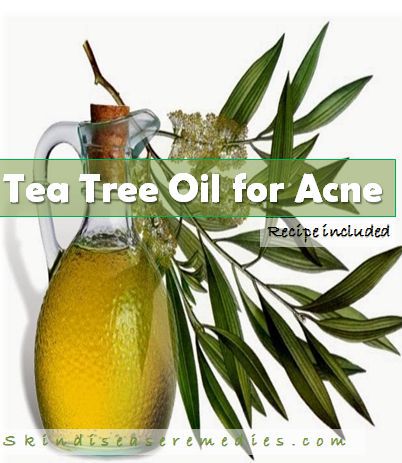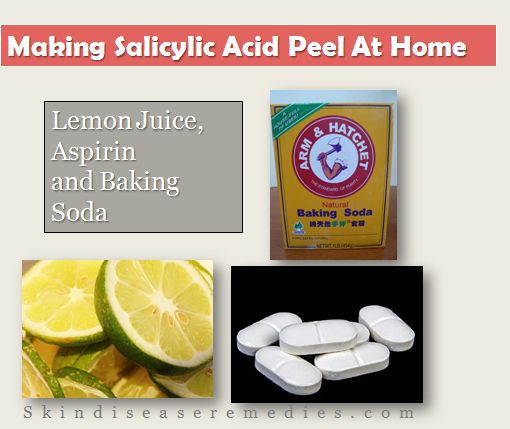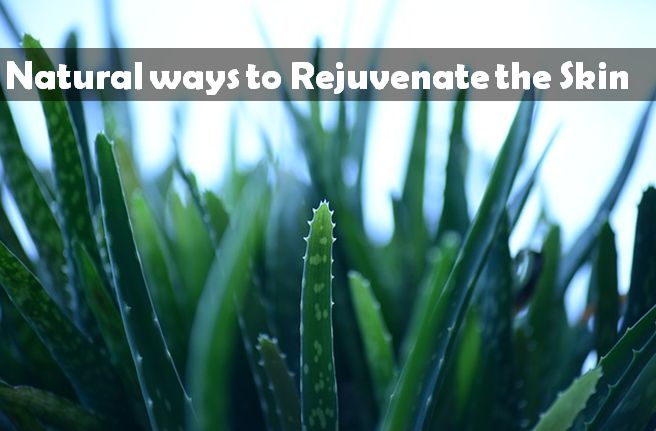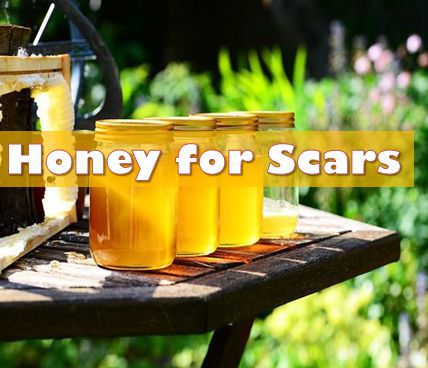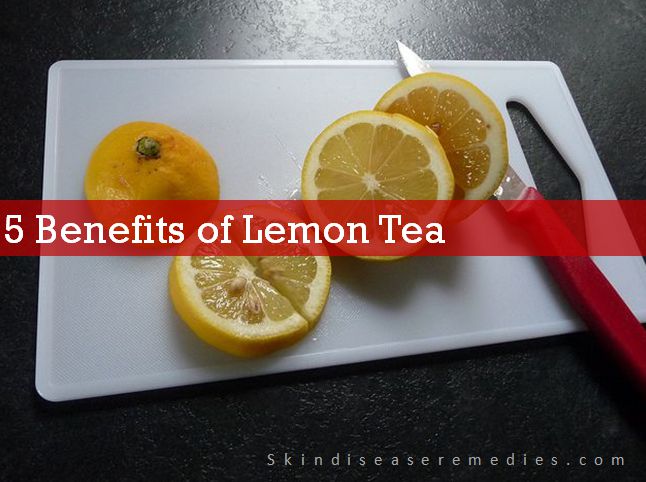
Benefits of this Asian native citrus fruit are not confined to culinary purpose; it can be used as an energy drink and also as a cleanser. Both lemon juice and zest has a bunch of benefits for your skin and health.
Same benefits are transferred to lemon tea, reason is simple, and it has lemon juice and zest in it. According to University of Rochester, drinking lemon tea can decongest blocked nose. Not just aroma, squeezing lemon juice in tea adds health and skin benefits.
Tired or feeling sleepy, try this traditional and natural tea to wake-up your hormones. You can add this slightly sour tasting tea to morning or evening tea time. You’ll sense the change in your skin and health, because it stimulates metabolism and rogues free radicals settled in your body.
Am afraid I’ve to pause dwelling into benefits of lemon tea and quickly share few nutritional values of lemon tea.
Lemon Tea Nutritional Profile
- Ascorbic acid in lemon is rich source of vitamin C.
- Flavonoids include Hesperetin, naringin, and naringenin. Where Naringenin has antioxidant and anti inflammatory properties.
- Low percentage of vitamin A and also packed with B-complex vitamins.
- Minerals include iron, copper, potassium, and calcium.
Benefits of Lemon Tea
#1 Hydrates Skin
In sleep your body experiences mild state of dehydration. Drinking a cup of lemon tea first in the morning will lifts your mood as well as stimulates metabolism, which kicks free radicals in the body. Morning lemon tea also assists liver and digestive function which helps in losing weight.
Skin releases natural moisturizers called sebum, this keeps bacteria and yeast at bay. In dehydration state body fails to secret this natural moisturizer leaving your skin dry and itchy. Drinking lemon tea helps to overcome this problem. Yes, as a quick remedy you can apply topical natural moisturizer or honey face mask.
Note: Excess sebum may result in acne and pimples.
Also read: Remedies for dry skin
#2 Clears Skin
Lemon is a natural diuretic, mean it promotes production of urine. This helps to flush all the toxins from the body. Skin is the largest organ of your body and it reacts to your health. Free toxins make your skin dry, itchy and develop wrinkles.
Also vitamin C in lemon tea fights with free radicals to rogue them and triggers collagen, which is plays vital role in new cell production. It also repairs broken tissues and rejuvenating skin, thus giving a clear look.
#3 Maintain pH level
In acidic environment our body is vulnerable to diseases. Lemon tea is of the alkaline food which balances pH level. Above mentioned features of lemon tea helps to flush all the unwanted things out, helping to maintain pH level.
#4 Freshens Breath
Odor is caused due to bacteria. Either its body odor or bad breathe bacteria plays vital role. Lemons clear bacteria and odor from mouth and add its aroma instead.
#5 Smooth and flawless skin
You believe it or not, a cup of lemon tea has bunch of health benefits. Replace your beverage with a cup of tea and see how it keeps all diseases causing bacteria at bay. Antioxidant and vitamin C in lemon tea helps in digestion and healing skin. And antiseptic and antibacterial properties strive for free and flawless skin.
Chronic diseases like acne, eczema and psoriasis are caused to dry skin or bacteria, properties found in lemon tea has ability to restrains these bacteria from damaging your skin.
Want to try this mood lifting tea? Click here to know the process.
Don’t forget to share your experience and benefits after having a cup of lemon tea.

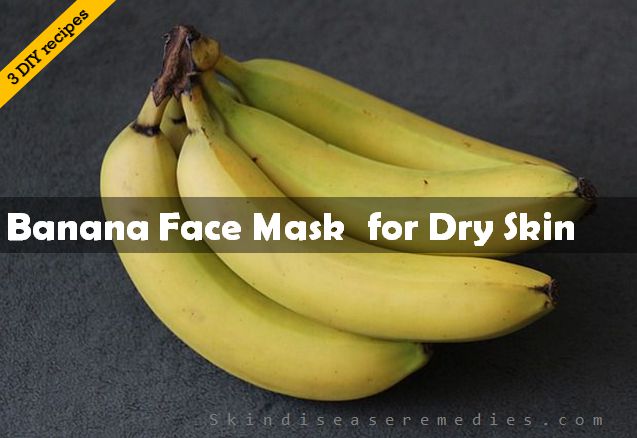

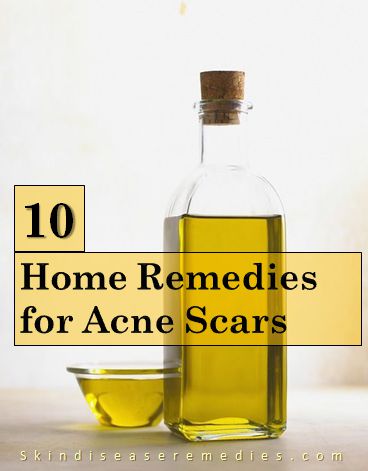
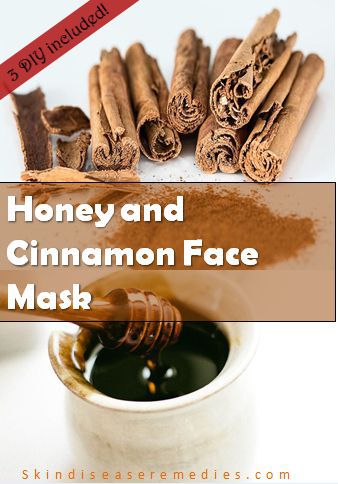


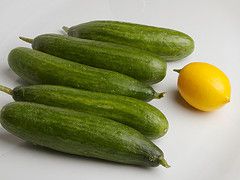
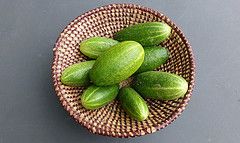 Normally dry skin is associated with itching and dry inevitable patches over different parts of the body. Unlike other skin types you must go through a different process to obtain glowing skin and it’s not complex. You need to cleanse, tone and moisturize your skin regularly to enhance skin texture.
Normally dry skin is associated with itching and dry inevitable patches over different parts of the body. Unlike other skin types you must go through a different process to obtain glowing skin and it’s not complex. You need to cleanse, tone and moisturize your skin regularly to enhance skin texture.